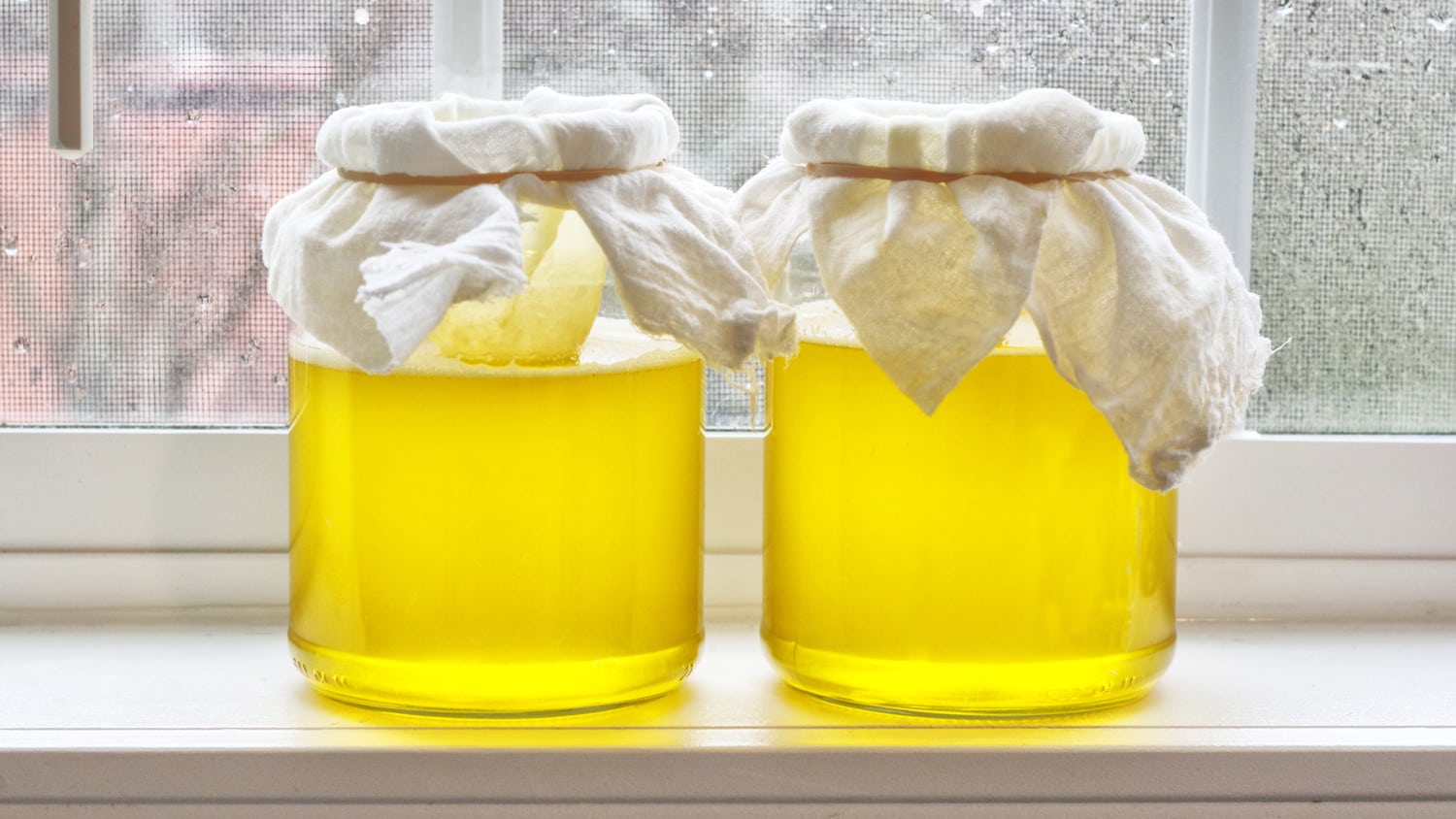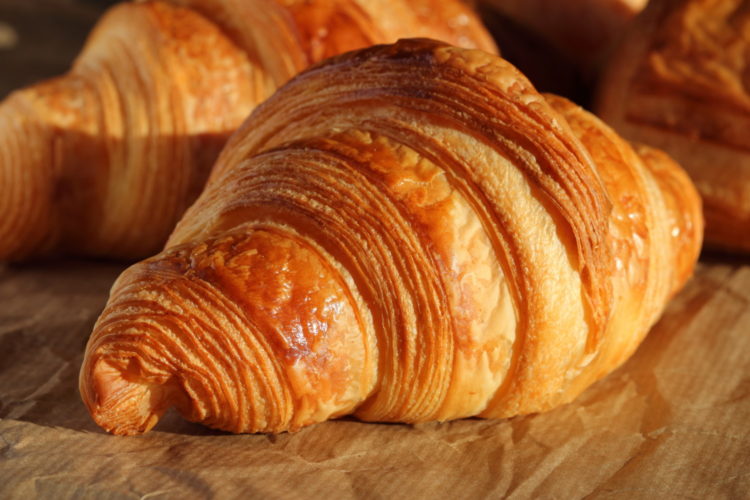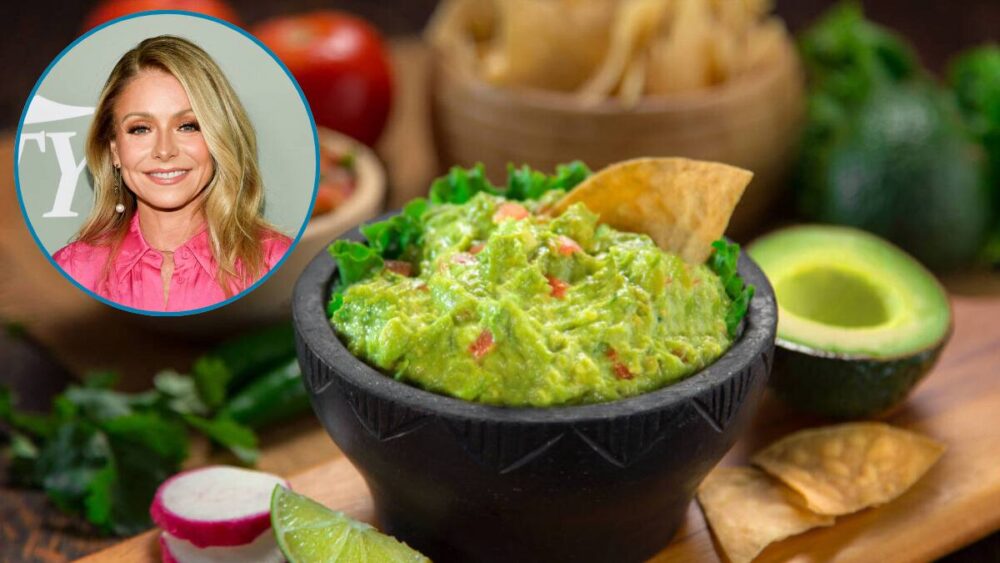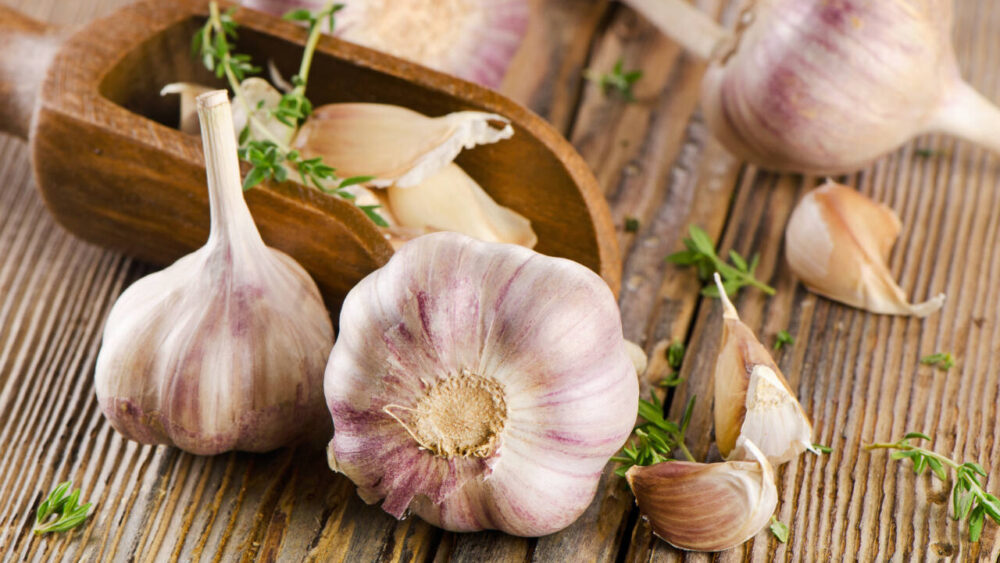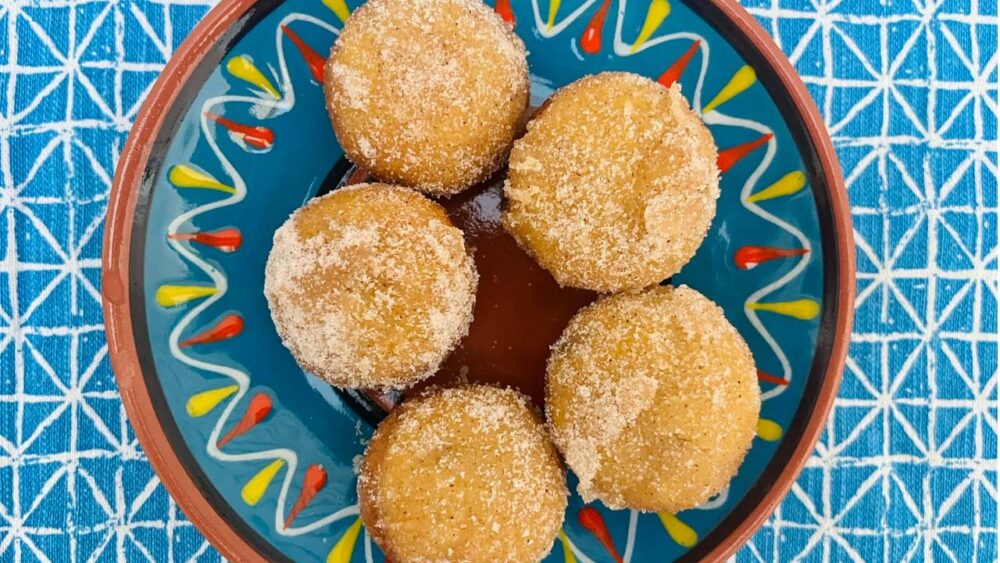The Difference Between American And European Butter, Explained
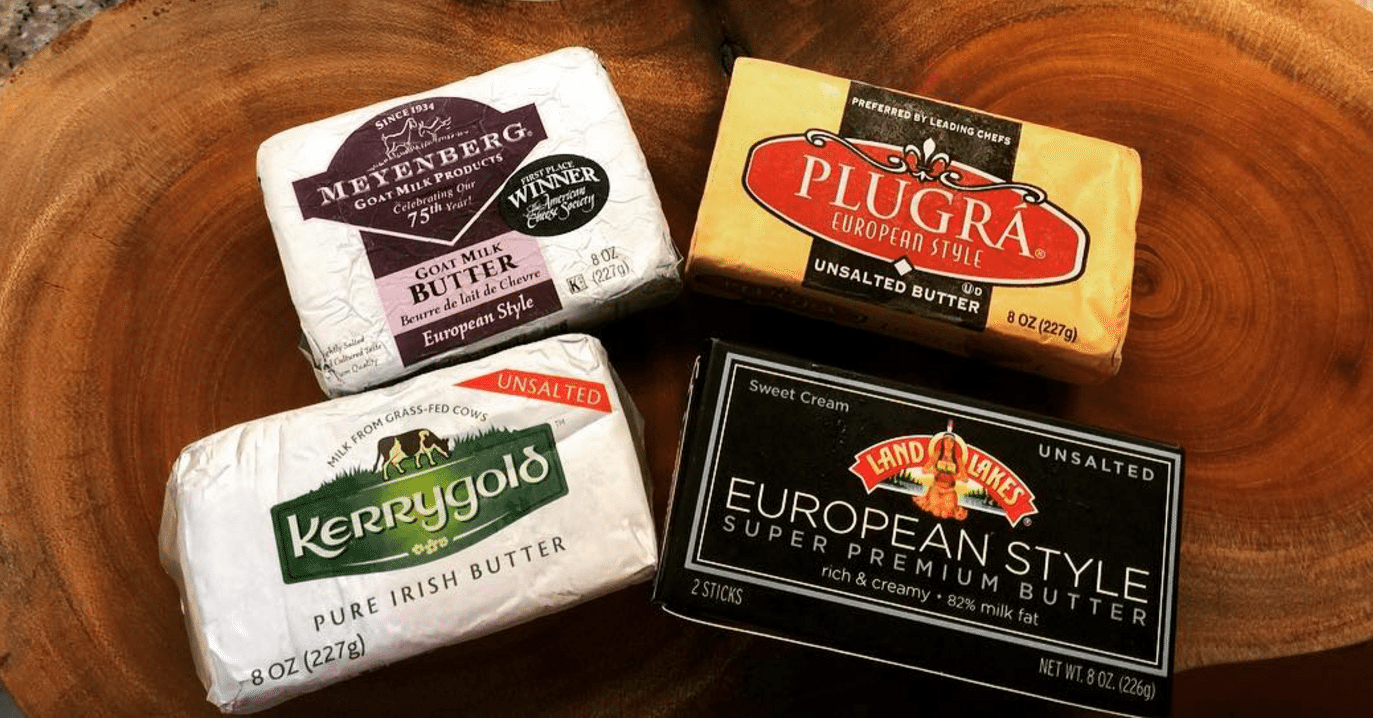
- January 13, 2017 |Last updated on 03/18/2024
Have you noticed more and more butter choices lining the refrigerated shelves of your grocery store? If you have, you’ve probably taken note of how many European brands now have a regular place in the butter section.
Whether it’s because shoppers are becoming more cosmopolitan in their butter taste, more welcoming of butter into their lives now that they’ve learned it’s not as bad for them as they thought, or have just developed a greater appreciation for good old butterfat, stores are offering more options for bakers and toast-lovers than ever before.
Many of these new buttery choices advertise a strong “European flavor.” But what exactly does that mean? How is European butter different from its American counterpart, and why is butter from across the pond suddenly so popular stateside?
The wise culinary experts over at The Kitchn have a good breakdown of the main differences between American and European butter. Here’s a snapshot of how they differ, and when you should use each.
MORE: Turn Cold Butter Into A Soft Spread With This Must-Have Kitchen Gadget
European Butter
First of all, what does “European butter” even mean?
Butter has a different personality depending on where — and how — it’s produced. If you’ve ever tried Dutch canned butter or Indian ghee, you know what I’m talking about.
MORE: Here’s what makes Irish butter different from other butters
In this case, “European butter” refers to butter produced through a style that’s popular across much of Europe. It’s a cultured butter that’s been churned for a longer period of time to achieve at least 82 percent butterfat.
Under the traditional method, producers then let the butter ferment to get its distinctive lightly sour taste. These days, most producers add cultures to the butter to create that flavor. Either way, though, you end up with a more tangy type of butter.
Chefs and foodies love European-style butters for their rich taste, a result of the high butterfat content. These high-fat varieties are also softer, melt faster and often have a warmer yellow color, or as @fortheloveofghee called it a “pot of liquid gold”:
They’re used more often in baking, since they have less water and add important flavor to the recipe.
American Butter
The main difference between European and American-style butters is the butterfat content. In the U.S., USDA federal regulations require a churned dairy product to contain at least 80 percent butterfat to be officially considered butter.
That 2 percent variation might seem small, but it makes a difference in taste and consistency.
Butter produced in the U.S. usually isn’t cultured, so it has a less tangy, more neutral flavor.
MORE: This American butter was named best in the world
So Which One Is Better?
Neither type of butter is necessarily better than the other — it just depends on your personal preference and what you’re using it for.
If you’re making croissants, pie dough or another flaky dessert, you’ll want to look for European-style butter. The higher butterfat content means your pastry will turn out flaky and flavorful.
On the other hand, if you have a recipe where butter isn’t the star ingredient (cookies, brownies or banana bread, for example), go ahead and reach for that stick of unsalted or sweet cream American butter. These Red Wine Brownies are a perfect example and, hey, the key ingredient in this recipe is red wine, so the type of butter won’t be your main concern anyway, right?
[h/t: The Kitchn]


